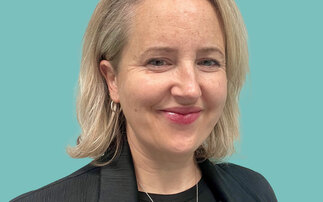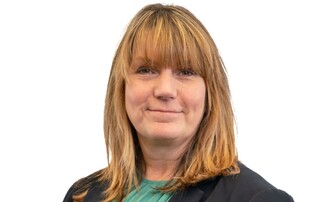Key points
At a glance
- There will be an en-masse transfer of DC schemes to master trusts in the next five years
- Such a move will save costs and improve governance
- But there could be pitfalls, especially with hybrid DB/DC schemes
Many single-employer trust-based DC schemes will move to a master trust in coming years. Stephen Richards looks at the pitfalls they need to avoid
Sometimes monumental changes can pass with relatively little fanfare. That change is the enormous growth of master trusts in the last five years. We are now entering the next phase of their growth as I expect occupational pension schemes to transfer their defined contribution (DC) benefits to master trusts en masse in the next five years.
This rapid growth has been kept in the shadows by more headline-worthy events such as the radical changes introduced by the pensions freedoms and the controversy of the pensions select committees. However, the speed of take up of master trusts is impressive. Six years ago there were 270,000 people saving for retirement in DC master trusts. Today that number is over 10 million.
Of the three million trust-based DC savers not currently in master trusts, I expect the majority to undergo the transfer in the next few years, as employers move their employees, along with the savings they have built up to date, into master trusts. This transition will happen for three main reasons: cost saving for employers, lower charges for members and a dedicated approach to governance and engagement that smaller schemes cannot easily provide.
Legal pitfalls to avoid
Joining a master trust is a relatively straightforward process for an employer and its employees. A layer of complexity is added when a pension scheme transfers its existing DC member savings, including the savings of former employees, to the master trust. However this too can be a smooth process if employers and trustees are prepared for some hidden legal pitfalls.
Many pension schemes set up a new DC section for employee pension saving when the defined benefit (DB) section of the scheme closed to new members. These hybrid schemes pose a unique challenge when transferring the DC section benefits into a master trust. For example, a member may be permitted to use DC savings for a tax-free pension commencement lump sum, rather than having to commute DB pension. This tends to be beneficial for members in schemes where DB commutation factors might be deemed to be unfavourable. This option will be lost on the transfer of all DC assets to a master trust, which would be a disappointing outcome for employees. However, it is possible to make arrangements to transfer money back into the old pension scheme for tax-free cash purposes with some planning and carefully drafted changes to the transferring pension scheme and the master trust agreements.
There are also potential issues for members with certain HMRC protections, such as a protected pension age. These protections can be lost on a transfer from a hybrid scheme where the member also has a DB pension remaining in the old scheme. However, with careful planning these issues can be mitigated too.
Another challenge for transferring trustees arises where members have guaranteed return investments such as with-profits funds. In this situation, trustees will be required to consider whether the transfer is in member interests and trustees will need to take a holistic view of the benefits of the master trust for members versus the detriment that members may face by transferring out of certain investments. Other investment issues to consider will include a comparison of member charges, the fund mapping process and the costs on transition of member benefits. Legal and investment support will be needed to navigate these challenges.
Employers and trustees also may be asked to provide legal protections to the master trust by the way of indemnities and warranties. Trustees in particular should make sure they are protected if an indemnity is called upon, which is particularly an issue for a DC-only scheme that may have no assets to call upon once the transfer has been made. Protection for trustees may come in the form of an employer indemnity or insurance policy upon winding-up.
The Pensions Regulator's new authorisation regime for master trusts will add a further layer of comfort to trustees and employers that transferring to a master trust for pension provision is a sensible option. In another five years I expect small trust-based DC schemes to be a thing of the past.
Stephen Richards is a partner at Stephenson Harwood






